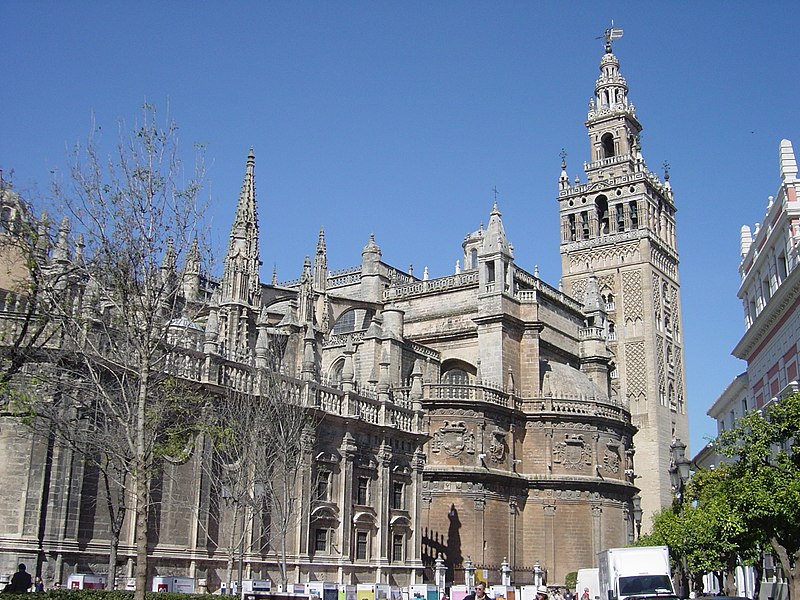Greece is a country in southeastern Europe. Greece has the twelfth longest coast line in the world at 8,498 miles in length. Approximately 14 thousand islands are part of this country, and only 227 of them are inhabited. Eighty percent of Greece is mountains.
Modern Greece has its roots in the civilization of ancient Greece. It is the birthplace of democracy, Western philosophy, the Olympic Games, Western literature and historiography, political science, major scientific and mathematical principles, and Western drama, including both tragedy and comedy. The ancient Olympic Games were celebrated every four years by the Greeks; they were abolished in 394 AD by the Emperor.The Modern Greek state was established in 1830, following a victorious uprising against Ottoman rule.
Athens, Greece capital, is home of The Acropolis, built in the fifth century BC, the Acropolis Temple, the Parthenon, Temple of Athena and Erechtheum are considered the greatest architectural accomplishment of classical Greece. Ancient Agora located below the Acropolis, was the commercial and civic center. People used these buildings for a wide range of political, educational, philosophical, theatrical, and athletic purposes.
Other interesting places to go to are the amphitheater of Epidaurus, the reconstructed palace at Knossos and the Ionian Islands.


